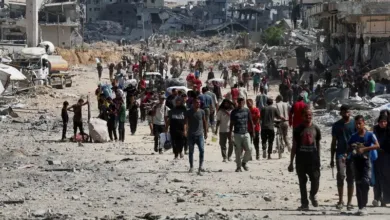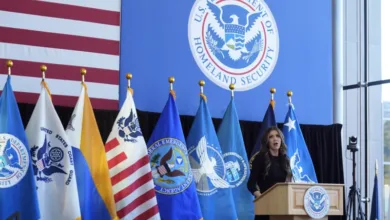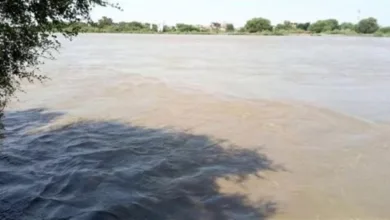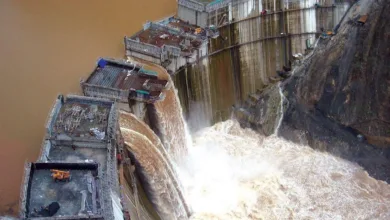Israel Announces Daily Gazan Ceasefire Windows as Starvation Deaths Rise
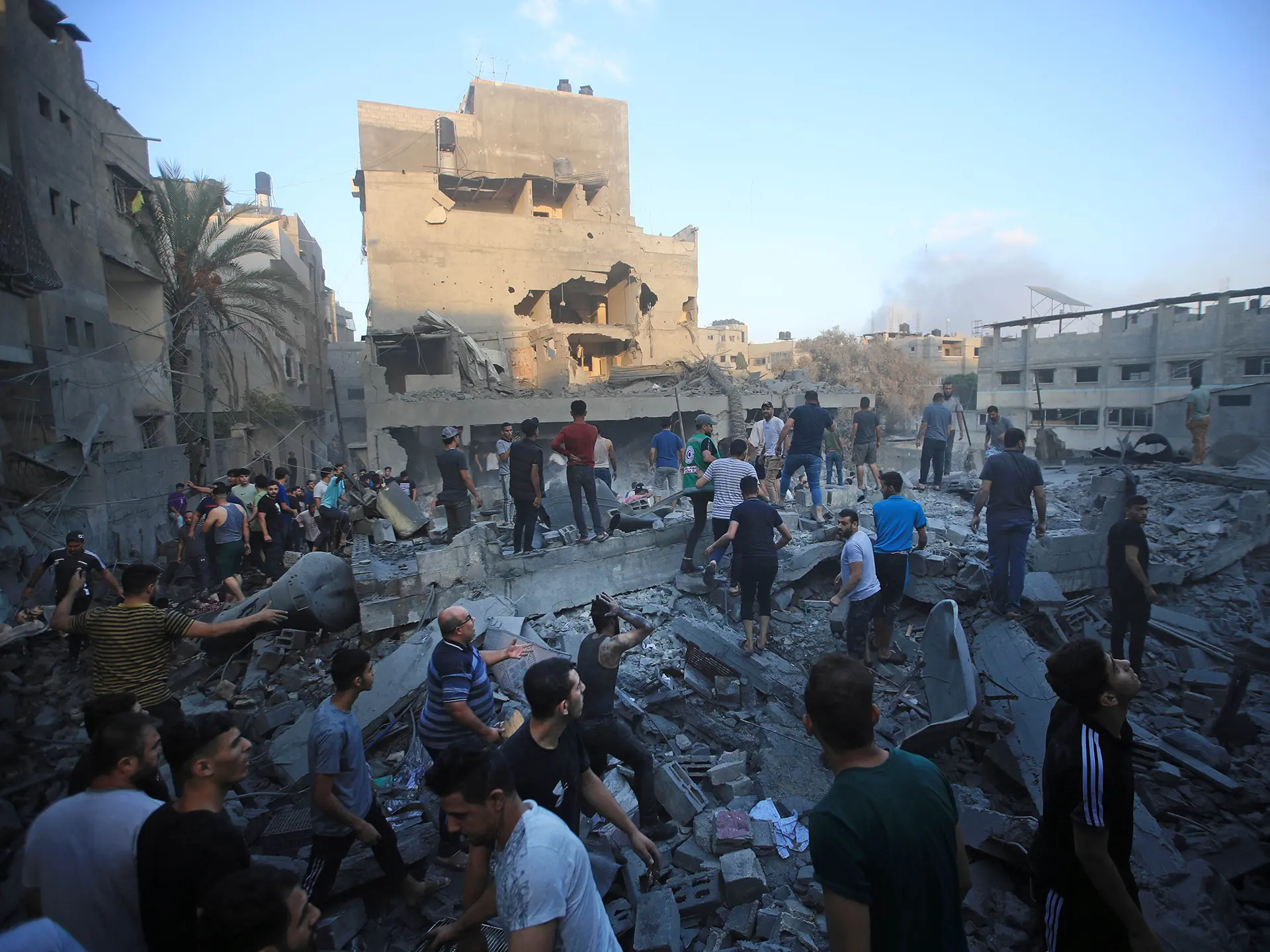
In a shocking humanitarian update today, Israeli forces declared a daily 10 a.m. to 8 p.m. ceasefire for thousands of displaced Palestinians in Gaza, yet aid workers warn that starvation deaths continue to mount. Reporting from Reuters, Al Jazeera, and The Washington Post underscores a brutal reality: pauses in hostilities offer little relief amid collapsing infrastructure and widespread famine.
Crucially, the move comes amid mounting international pressure from governments and NGOs, including U.S.-led calls for greater access and protection for civilians.
Humanitarian Pause Offers Limited Relief
According to Reuters, the Israeli military announced a partial ceasefire in areas like Al‑Mawasi, Deir al‑Balah, and Gaza City. The intention: allow essential aid deliveries during daylight hours. Aid convoys managed to deliver limited food and water, but sources from Al Jazeera and U.N. agencies stress that the aid volume falls far short of needs.
The pause does not guarantee safety. Civilians report sirens and shelling before and after these windows, making movement dangerous—or impossible.
Starvation Death Toll Mounts
As reported by The Washington Post, malnutrition-related deaths among children and the elderly continue. Doctors describe cases of extreme wasting and organ failure. Aid organizations say Gaza’s food reserves could reach zero within days.
The Israeli announcement drew swift condemnation: Reuters quoted a UN spokesperson warning that daytime humanitarian pauses are inadequate when food delivery capacity is severely limited.
Aid Agencies Warn of Broader Collapse
Aid groups from multiple international agencies, cited by Al Jazeera and Reuters, report that hospitals remain on the brink. Fuel shortages limit generator and refrigeration capacity, threatening medical care. Clean water is scarce—cholera risks are rising amid dire sanitation conditions.
Food lines stretch for blocks, with many forced to rely on emergency rations.
U.S. and Global Leaders Demand Action
The situation has drawn international ire. According to Reuters, U.S. officials joined allies in demanding more sustained access and protective corridors. Human rights organizations call for war-crime investigations and pressure on Israel to guarantee safe zones and sufficient aid delivery.
Some analysts suggest the new ceasefire windows may signal broader diplomatic leverage rather than genuine relief efforts.
Why This Matters
This crisis transcends conventional geopolitical talk. The pause may offer temporary respite, but as multiple on‑the‑ground sources insist, famine cannot be paused. Rising starvation threatens millions—turning what media frame as a short-term truce into a fragile lifeline.
Voices from the Ground
Displaced Gazans interviewed by Al Jazeera describe walking miles under threat of shelling, clutching ration cards, and crying for siblings and neighbors who didn’t survive. Humanitarian workers speak of “agonizing choices” — who gets fed today, who must wait.
These stories underscore that the ceasefire window is not a truce—it is a stop‑gap amid chaos.
Broader Diplomatic Implications
Analysts from Reuters and The Washington Post argue that the move comes as international pressure grows on Israel from Washington, Brussels, and the U.N. Washington’s approach reflects both moral outrage and strategic caution: support Israel’s security while pressing for humanitarian norms.
Consequently, Israeli officials may use selective pauses to project goodwill while limiting full accountability.
Regional Fallout and Global Diplomacy
Humanitarian breakdown fuels tensions in neighboring countries. Refugee flows, border protests, and diplomatic clashes ripple outward. European governments press for ceasefire extension, while regional leaders in Egypt and Jordan demand safe routes for displaced civilians.
These developments cast shadow over global diplomacy—even as U.S. policymakers debate aid funding and strategic positioning.
How Media Frame the Crisis
Coverage diverges sharply. Outlets like foxnews, CNN, and Al Jazeera present different narratives: some highlight Israel’s willingness to allow aid; others emphasize civilian suffering and diplomatic failure.
In the new media ecosystem, influencers and commentators amplify visuals of starving children and destroyed neighborhoods—fueling outrage and calls for urgent policy shifts.
Emergency Calls for Reform
Advocates from NGOs and international think tanks urge broader reforms: establishing permanent humanitarian corridors, deploying mobile clinics, and increasing U.S. pressure. Many hope the ceasefire windows will evolve into safe zones.
Until then, temporary pauses cannot replace sustained relief.
Safety, Sanctions, and Public Opinion
International bodies are discussing sanctions tied to aid access and civilian protection. Several European parliaments debate measures to condition military support on humanitarian compliance.
Opinion polls, cited by Reuters, show growing global disapproval of civilian suffering—even in pro-Israel constituencies.
What Comes Next
-
Negotiations continue over expanding ceasefire zones and extending hours.
-
Humanitarian agencies plan to scale operations if corridors hold for more than a single day.
-
U.S. lawmakers debate tying aid packages to compliance with international protection standards.
-
International courts may pursue investigations amid rising allegations of atrocity-related crimes.
Conclusion
Today’s announcement of daylight ceasefire pauses offers a narrow glimmer of hope but fails to address a broader collapse. As Reuters, Al Jazeera, and The Washington Post emphasize, famine cannot be momentarily paused: it devastates communities with or without bullets.
This crisis thus becomes a test not just of Israel’s wartime policy—but of global political will, international law norms, and U.S. leadership on the world stage.
